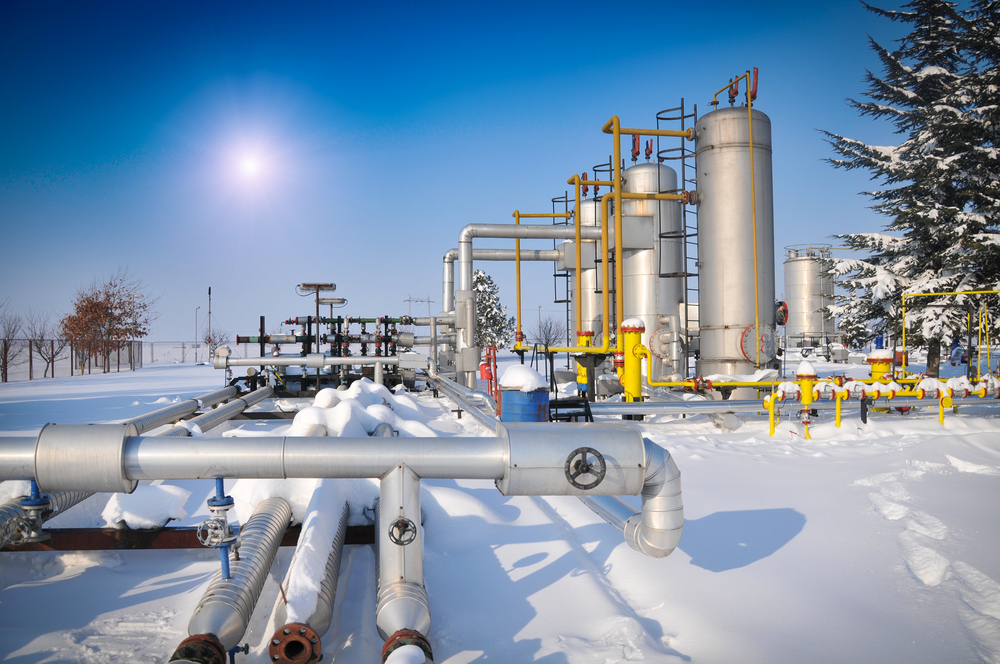Business and Economy
IEA sees Canada crude output growing, but more slowly than thought
CALGARY — The International Energy Agency says Canada’s crude output is expected to grow between now and the end of the decade, but not by as much as previously thought.
The IEA also says the price of crude is poised to recover soon but won’t come close to the levels reached last summer.
In its latest report, the Paris-based organization predicts Canada’s production will grow to just under five million barrels a day by 2020, about 810,000 barrels a day more than in 2014.
However, that is 430,000 barrels a day less that it previously forecast.
Globally, the IEA sees global oil capacity hitting 103.2 million barrels by the end of the decade, a 5.2 million barrel a day increase.
The global figures represent growth of about 860,000 barrels a day annually, a slowdown from the 1.8 million barrel a day increase in 2014.
The group says its prediction of slower growth was prompted by the steep decline in the price of crude oil.
U.S. benchmark crude oil settled at US$52.86 a barrel on Monday, less than half the US$107 is sold for last June.
The IEA says the current price recovery is unlike those of the past, because of the sharp increase in production by non-OPEC countries, especially in the United States, as well as slowing demand in China.
The agency also said that unlike past cycles, the low oil price is not expected to greatly boost economic output, because low demand was itself part of the reason for the market drop.
U.S. output is expected to remain a major source of growth for the period, with its light, tight oil production expected to hit 5.2 million barrels a day in 2020, up from 3.6 million barrels a day in 2014.
The IEA notes that U.S. shale producers can ratchet production up or down in response to prices much more quickly and easily than can their counterparts in the oilsands.
Meanwhile, lower crude prices are not bolstering demand as much as might be expected. The IEA expects growth in consumption to average 1.2 per cent a year over the forecast period, below the trend of 1.9 per cent before the Great Recession.
The agency says barring any big supply disruption or major change in energy policy, the market will likely rebalance quickly, but with prices settling substantially below where they’ve been over the last three years.






















